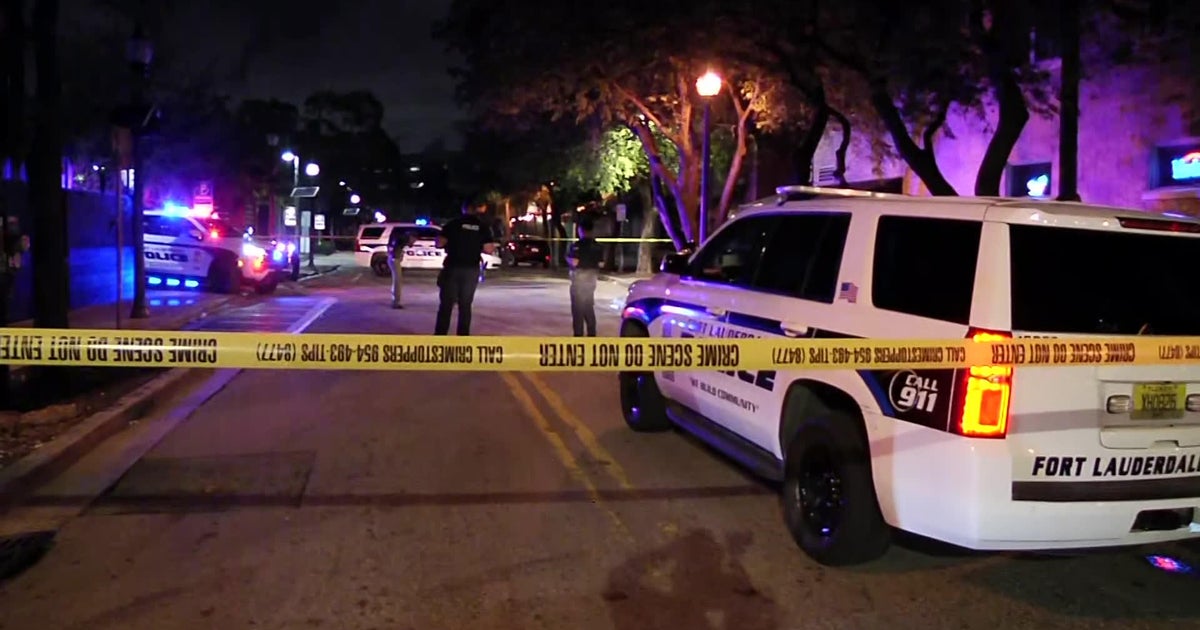Expert: Wildlife population at risk from feral cats in South Florida
NORTH LAUDERDALE - Wildlife biologist Kristen Hoss has spent years cultivating her garden. She has built a wildlife habitat in her yard. Both the front and back of her home are filled with trees, and shrubs to attract birds of every type.
But more and more, feral cats are attracted to her yard too.
"They are killing my birds. They are killing lizards and that upsets me because I built this habitat for birds to eat from the trees I provide."
Hoss showed us pictures of feral cats next to mounds of feathers she believes are what was left of the birds killed in her yard.
"The wildlife population is declining at an alarming rate. We are in the 6th mass extinction now and a big part of that is feral cats," she says
Recently her roommate took a feral cat to Broward Animal care and adoption and says she was turned away. That was distressing to Hoss who believes more needs to be done to control the feral cat population in Broward.
Hoss and her roommate aren't anti-feline. In fact, both have cats of their own. Hoss has taken in feral cats in the past.
Emily Wood is director of Broward Animal Care and Adoption. She says the county has a program where anyone can bring in a feral cat to be spayed or neutered for free. You can also find a voucher form online to download and use at a local vet's office.
Wood estimates there are hundreds of thousands of feral cars in Broward. She believes the pandemic caused the feral cat population to explode because many vet offices were locked down during the COVID crisis.
"The whole point of spaying and neutering is to lessen the feral population," says Wood.
She says she expects in the future the county will begin doing feral cat counts in cities.
As for protecting wildlife from feral cats Wood recommends using cinnamon or peppermint in the soil to discourage feral cats. She also says to make sure to have proper fencing.




